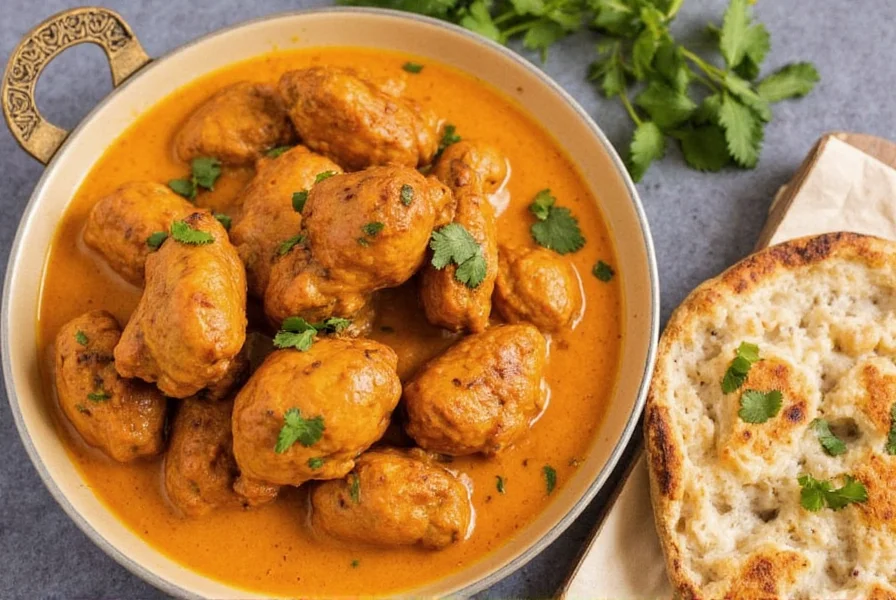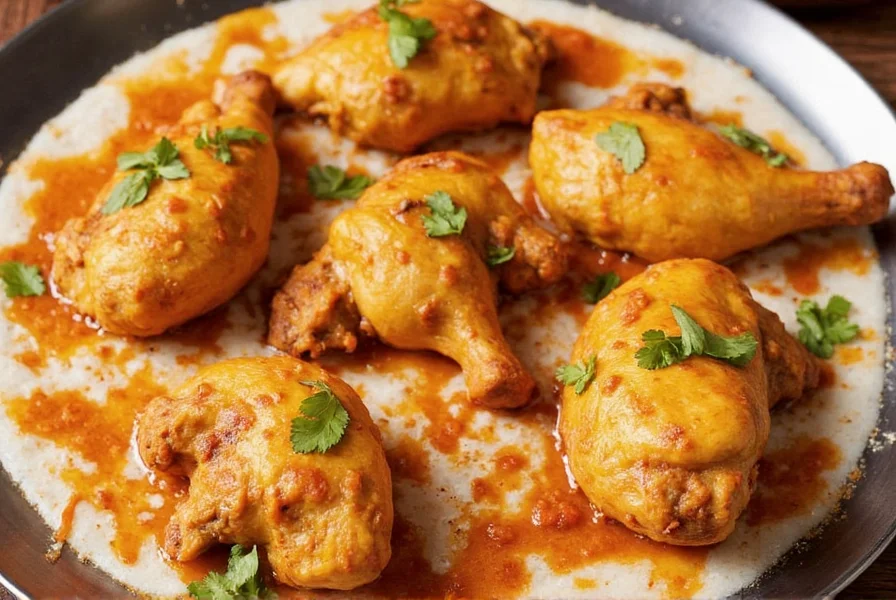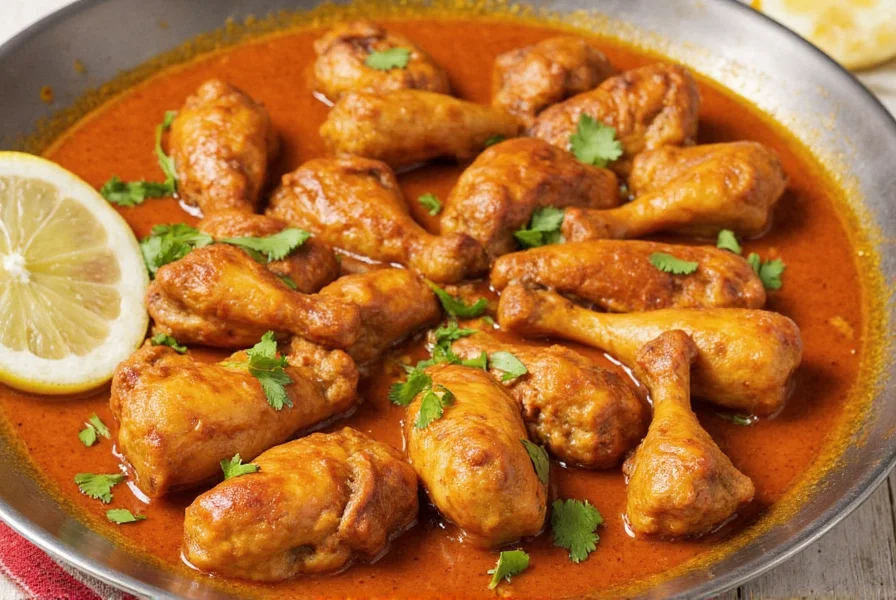Chicken has become an integral part of Indian culinary tradition despite poultry not being as historically prevalent as other protein sources in certain regions. The evolution of chicken dishes in India reflects centuries of cultural exchange, regional diversity, and culinary innovation that has produced some of the world's most beloved comfort foods.
The Cultural Significance of Chicken in Indian Cuisine
While vegetarianism has deep roots in many Indian communities, chicken dishes have gained widespread popularity across the subcontinent. The Mughal influence introduced rich, creamy preparations, while coastal regions developed tangy, coconut-based chicken curries. British colonial influence also played a role in popularizing chicken as a protein source throughout India.
Today, chicken represents one of the most commonly consumed meats in urban India, with consumption steadily increasing as dietary preferences evolve. This shift has led to creative adaptations of traditional recipes that maintain authentic flavors while incorporating modern cooking techniques.
Top 10 Authentic Indian Chicken Dishes
| Dish Name | Region of Origin | Key Characteristics | Preparation Time |
|---|---|---|---|
| Butter Chicken (Murgh Makhani) | Punjab | Creamy tomato-based curry with mild spices | 1.5-2 hours |
| Tandoori Chicken | North India | Yogurt-marinated, clay oven roasted | 24+ hours |
| Chicken Tikka Masala | UK (Indian-inspired) | Grilled chicken pieces in spiced tomato cream sauce | 1.5 hours |
| Chettinad Chicken | Tamil Nadu | Peppery, aromatic curry with coconut | 1 hour |
| Hyderabadi Chicken Curry | Telangana | Rich, spicy curry with fried onions and nuts | 1.5 hours |
Regional Variations of Indian Chicken Dishes
India's regional diversity creates remarkable variations in chicken preparations. In North India, creamy, tomato-based gravies dominate, while South Indian chicken dishes often feature coconut milk, tamarind, and curry leaves. East Indian cuisine incorporates mustard oil and poppy seeds, and West Indian preparations might include kokum or dried mango powder for tanginess.
Understanding these regional differences is essential for authentic traditional Indian chicken curry preparation. For example, a proper Kerala-style chicken curry uses coconut oil and freshly ground spices, while a Kashmiri chicken dish incorporates dried flowers and saffron for distinctive color and flavor.
Essential Cooking Techniques for Authentic Indian Chicken
The hallmark of exceptional Indian chicken dishes lies in proper technique. Marinating chicken in yogurt tenderizes the meat while allowing spices to penetrate deeply. The traditional tandoor oven reaches temperatures up to 900°F (480°C), creating that distinctive smoky flavor impossible to replicate perfectly in conventional ovens.
For home cooks seeking authentic Indian butter chicken recipe results without a tandoor, combining high-heat broiling with a charcoal smoking technique can approximate the traditional flavor profile. The "dum" cooking method—slow cooking in a sealed pot—allows flavors to meld beautifully in dishes like chicken biryani.

Signature Spices and Ingredients in Indian Chicken Cuisine
Indian chicken dishes rely on complex spice combinations rather than single dominant flavors. Garam masala, a blend typically containing cardamom, cloves, cinnamon, and black pepper, provides warmth without excessive heat. Turmeric contributes earthy notes and vibrant color, while kasuri methi (dried fenugreek leaves) adds a distinctive aroma.
Modern adaptations of popular chicken dishes in India sometimes simplify spice blends, but authentic preparations use freshly ground spices for maximum flavor impact. The balance of heat (from chilies), tang (from tomatoes or yogurt), and richness (from cream or coconut milk) creates the signature harmony of Indian chicken dishes.
Nutritional Profile of Indian Chicken Dishes
Chicken provides high-quality protein with all essential amino acids, making it nutritionally valuable in Indian diets. Traditional cooking methods affect nutritional content significantly—tandoori preparations are relatively lean, while cream-based curries contain more fat.
Many regional chicken dishes in India incorporate turmeric, which contains curcumin with anti-inflammatory properties. Ginger and garlic, common in marinades, offer additional health benefits. For healthier versions, chefs can reduce cream content, use Greek yogurt instead of heavy cream, and increase vegetable content without compromising authentic flavor profiles.

Common Questions About Indian Chicken Cuisine
What makes Indian chicken dishes different from other global chicken preparations?
Indian chicken dishes stand out through their complex spice blends, yogurt-based marinades, and slow-cooking techniques that allow flavors to develop fully. Unlike many global preparations that feature one or two dominant spices, authentic Indian chicken recipes use carefully balanced combinations of multiple spices, each contributing to the overall flavor profile without overpowering the dish.
Is traditional Indian chicken curry typically spicy hot?
Contrary to popular belief, most traditional Indian chicken dishes aren't extremely spicy hot. The heat level varies significantly by region, with South Indian dishes generally spicier than North Indian preparations. Authentic recipes focus on flavor complexity rather than just heat, using chilies primarily for flavor enhancement rather than overwhelming spiciness. Many classic dishes like butter chicken are deliberately mild to appeal to broader palates.
How long should chicken marinate for authentic Indian flavors?
For optimal results in authentic Indian chicken curry preparation, marinate chicken for at least 4 hours, though 24 hours yields significantly better flavor penetration. The yogurt in traditional marinades contains enzymes that tenderize the meat while allowing spices to permeate deeply. Rushing this step results in less flavorful, potentially tougher chicken that doesn't achieve the authentic texture and taste of properly prepared Indian chicken dishes.
What's the difference between butter chicken and chicken tikka masala?
Butter chicken (Murgh Makhani) originated in Delhi and features chicken in a smooth, creamy tomato sauce with mild spices. Chicken tikka masala likely developed in the UK as an adaptation of Indian cuisine, featuring grilled chicken pieces in a thicker, more robustly spiced tomato-cream sauce. While similar, butter chicken tends to be milder and creamier, while tikka masala has more pronounced spice notes and often includes additional ingredients like fenugreek.
Can I make authentic-tasting Indian chicken dishes without a tandoor oven?
Yes, you can achieve excellent results without a tandoor. For traditional Indian chicken curry preparation, use your oven's broiler on high heat with the rack positioned close to the heating element. Adding a small piece of charcoal to a metal bowl, heating until smoking, then placing it in your cooking vessel creates the characteristic smoky flavor. Alternatively, a cast-iron grill pan on high heat can mimic some tandoor effects for dishes like tandoori chicken.











 浙公网安备
33010002000092号
浙公网安备
33010002000092号 浙B2-20120091-4
浙B2-20120091-4